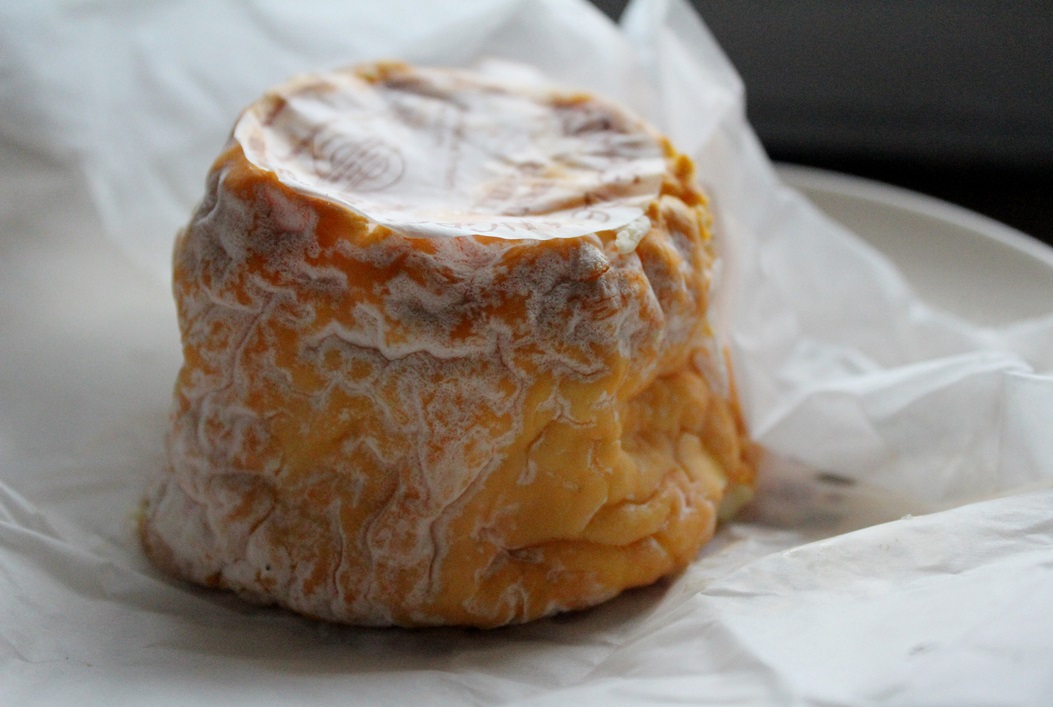
Les croûtes lavées se caractérisent par une croûte de couleur jaune pâle à rouge orangée et une odeur puissante.
La pâte de ces fromages est très légèrement jaune orangée et développe des arômes puissantes un peu résineux aux saveurs fines mais affirmés de champignon, oignon, parfois d’étable.
La fabrication de ces fromages est proche de celle des pâtes molles à croûte fleurie. Le caillé est obtenu à l’issu d’une coagulation mixte à dominance présure. L’acidification préalable du lait est peu marquée. Le temps de coagulation est souvent inférieur à une heure.
Le caillé est ensuite tranché, brassé voir malaxé en vue d’un égouttage correct et homogène. Le fromage est ensuite moulé dans des faisselles de formes assez variables (carrés, ronds, pavés, cœurs, dauphins…) ou mis en forme à la main (boulettes). Au démoulage le fromage est salé puis mis au hâloir.
Les fromages à pâte molle restent longtemps en caves d’affinage un à plusieurs mois. Leur nom vient des technologies employées lors de leur affinage, les fromages à pâte molle à croûte lavée sont lavés et brossés régulièrement avec des solutions variables selon les types de fromages : eau salée, eau et « ferments du rouge » (flore composée de levures et bactéries dont par exemple les corynebactéries dont Brevibacterium linens à l’exclusion de toute moisissure), eau et marc.
Ce traitement permet une sélection des ferments se développent à la surface des fromages, et une limitation du développement des Geotrichum. De plus, il favorise la formation de la croûte lisse, souple et brillante fortement odorante. Ces procédés étaient initialement utilisés pour prolonger la durée de conservation de ces fromages, la technique a été développée au moyen âge par de nombreux monastères.
A l’origine, les ferments du rouge étaient présents dans le lait mis en œuvre et correspondaient à l’expression du terroir de production ; de nos jours, ils sont ensemencés à partir de levains de culture ou des fromages plus affinés.
Exemples de fromages à croûtes lavées : Munster, Livarot, Langres, Epoisses, Pont l'Evêque, Maroilles, Stinking Bishop...
